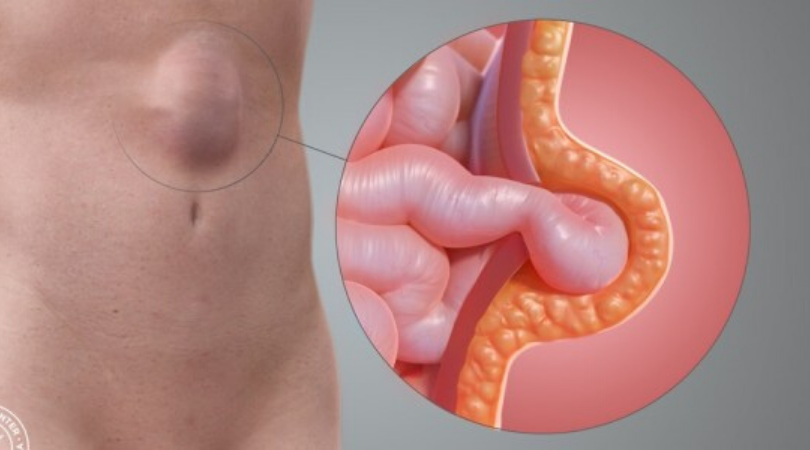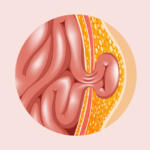New age technologies like the 3D-Mesh are making Hernia surgery faster, simpler, safer and less painful. Here’s how.
Surgery makes us shudder. The very thought of needles, pricks and pain and the idea of lying in bed for days makes no one happy. We worry about the outcomes of surgery, infection and how much time we will lose in the number of productive days. There is the internet for us, probably to confuse us, probably to guide us, but that would depend on what page you are reading. There is so much information on the net that is not authenticated. However, surgery like technology is progressing fast and it is touching our lives. Today one of them has been Day Care Hernia Surgery.
Day Care Hernia Surgery
Day Care Hernia Surgery is where a person admits into a medical institution, undergoes hernia surgery and discharges home on the same day. One may think it is all about marketing and propaganda, but technology is helping surgeons to provide better care with better and safer results. It has been proved by medical literature. Going are the days when a surgeon will ask you to stay at the hospital for several days. Of course, there are exceptions.
New technologies make Hernia surgery simple
Day Care Hernia surgery is now safer and better because of superior anaesthetic drugs. Several types of hernia surgery can be done under local anaesthesia, i.e. the same anaesthetic that your dentist would use to extract a tooth. Local anaesthesia is simpler and acts only at the site of the surgery, so we are not interfering with other systems in the body such as the conscious level. The patient can be awake during the surgery and speak to the surgeon all through his surgery. The other advantage we have is that the local anaesthetic lasts longer than the surgery and hence is able to give pain relief beyond the surgery time. This allows the surgeon time to give analgesics to take over the pain when the local anaesthetic wears out. Analgesics are better today, act longer with better safer profiles. When a patient is free from pain he is able to go home quickly.
A hernia is a defect(gap) in the muscles that allows internal organs such as the bowel to protrude out. Although many patients have no pain in hernia, they often land up in an emergency due to strangulation of the bowel. This is a potentially life-threatening condition and will require immediate surgical intervention with the release of the trapped bowel and repair of the hernia defect with a prosthetic material to cover it.
Hernia Mesh technologies : Old and New
Earlier prosthetic materials were made using polypropylene and polyester. These are inert polymers and remain relatively safe in the patient’s body. However, they have the disadvantage of shrinkage and therefore had the ability to slide from side to side. This potentially would expose the hernia defect once again leading to an unwanted recurrence. Today we have a three-dimensional mesh (3D mesh) which is made of two layers of mesh connected to each other by a cylinder of mesh. This allows the surgeon to place the mesh cylinder across the hernia defect/gap, such that, a single layer of mesh is on either side of the defect. This acts like a bolt and nut phenomenon and prevents displacement of the mesh giving a more secure hernia repair. Further, the mesh is now made of a lightweight inert composite polymer that is strong and stretches, allowing the patient to be more comfortable.
Mesh in hernia surgery was being sutured with stitches to fix them to the muscles so that they anchor well. But this had the disadvantage of pain. Today we fix meshes with fibrin glue. Fibrin is a constituent that is manufactured by the body whenever there is a bleed to seal. Biotechnology now manufactures this glue for the surgeon to use, to fix the patient‘s mesh evenly on the muscles. Since it is a uniform fixation it is better and prevents inadvertent strangulation of nerves below.
Skin wounds are closed with cyanoacrylate glues after surgery. The fixation provided by today’s surgical glue is so strong that we are able to allow our patients to walk back from the operation theatre after surgery. The glues allow a patient to have a normal bath after the surgery. There are no more dressings, no more stitches that need to be removed and hence less pain.
Definitely, the surgeon today has many more things at his disposal to make his patient comfortable and allow his patient home safely on the same day of hernia surgery.




